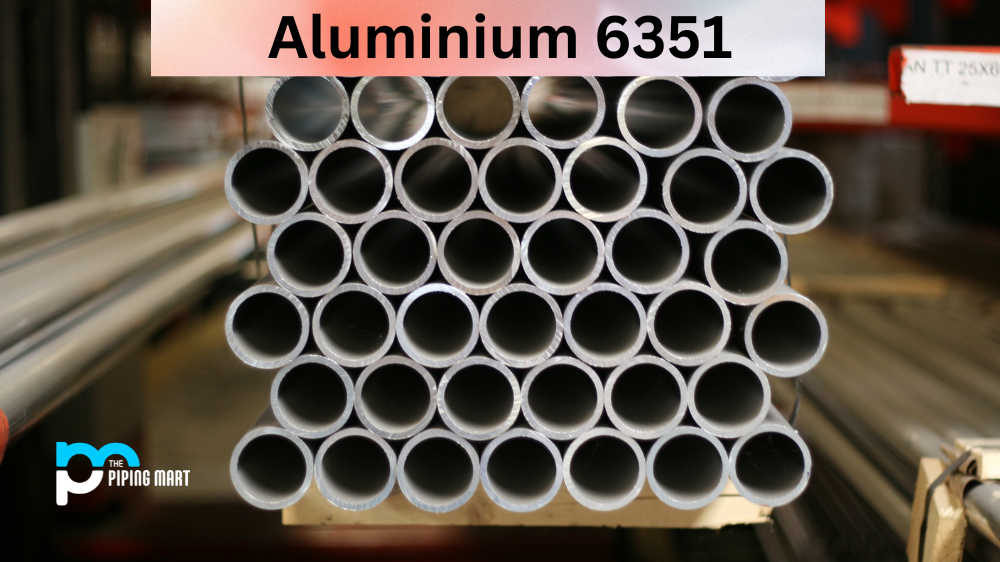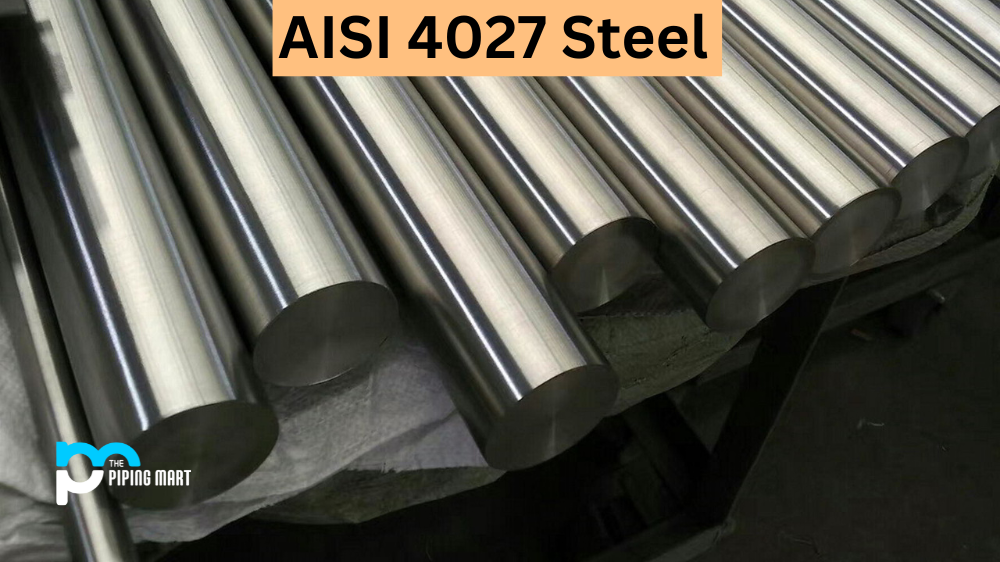If you’re looking for a high-strength, corrosion-resistant stainless steel option, 321 stainless steel is ideal. Its excellent mechanical properties are perfect for many applications, including heat exchangers, kiln linings, and aircraft components. Let’s take a closer look at the 321 stainless steel properties and uses.
What Forms is 321 Stainless Steel Available at Piping Mart?
- 321 Stainless Steel Flanges
- 321 Stainless Steel Forged Fittings
- 321 Stainless Steel Nuts
- 321 Stainless Steel Pipe Fittings
- 321 Stainless Steel Bolts
- 321 Stainless Steel Valves
- 321 Stainless Steel Tubing
321 Stainless Steel Composition
UNS S32100 composition is an ideal choice for Inconel sheet applications. It has excellent high-temperature strength, good corrosion resistance, and forming ability, as well as great weldability. Other benefits of its composition include high resistance to scaling from heating in high-temperature environments and superior strength at cryogenic temperatures. This makes 321 stainless steel perfect for industries that require Inconel sheeting for equipment exposed to extreme temperatures such as aircraft, gas turbines, nuclear reactors, and petroleum refining systems.
| Grade | C | Mn | Si | P | S | Cr | Mo | Ni | N | Other | |
|---|---|---|---|---|---|---|---|---|---|---|---|
| 321 | min. max |
– 0.08 |
2.00 | 0.75 | 0.045 | 0.030 | 17.0 19.0 |
– | 9.0 12.0 |
0.10 | Ti=5(C+N) 0.70 |
321 Stainless Steel Physical Properties
SS 321 is a highly versatile metal that has many attractive physical properties. It can withstand extremely high temperatures, up to 870 degrees Celsius, making it great for Inconel sheet applications like heating, fire protection, and insulation. It has excellent corrosion resistance, due to its specific chemical composition of chromium and titanium, as well as outstanding welding characteristics, making it ideal for use in chemical and petrochemical plants. 321 stainless steel is also strong yet lightweight – it has twice the strength of regular carbon steel but at only 60% of its weight – able to keep structures steady without adding extra strain or stress. All these factors make this type of stainless steel an extraordinary choice for architectural projects or large-scale construction ventures.
| Grade | Density (kg/m3) | Elastic Modulus (GPa) | Mean Coefficient of Thermal Expansion (μm/m/°C) | Thermal Conductivity (W/m.K) | Specific Heat 0-100 °C (J/kg.K) | Electrical Resistivity (nΩ.m) | |||
|---|---|---|---|---|---|---|---|---|---|
| 0-100 °C | 0-315 °C | 0-538 °C | at 100 °C | at 500 °C | |||||
| 321 | 8027 | 193 | 16.6 | 17.2 | 18.6 | 16.1 | 22.2 | 500 | 720 |
321 Stainless Steel Mechanical Properties
321 stainless steel is a type of Inconel sheet that has excellent mechanical properties. It has great formability, weldability, and corrosion resistance compared to typical alloys. This unique alloy can withstand harsh temperatures up to 1500°F due to its high nickel and chromium content. As a result, 321 stainless steel is commonly used in applications where heat treatment isn’t suitable or economical. Industries such as petrochemical, aerospace & aviation, chemical processing, and natural gas depend on this alloy for its superior metal strength and durability.
| Grade | Tensile Strength (MPa) min | Yield Strength 0.2% Proof (MPa) min | Elongation (% in 50 mm) min | Hardness | |
|---|---|---|---|---|---|
| Rockwell B (HR B) max | Brinell (HB) max | ||||
| 321 | 515 | 205 | 40 | 95 | 217 |
321 Stainless Steel Specifications
- 1.4541
- UNS S32100
- AMS5510
- ASME SA240
- ASNA3106
- ASTM A240
- BS S526
- BS S500
- NACE MR0103
- NACE MR0175
- Z6CNT18.10
321 Stainless Steel Properties
alloy 321 Material is an austenitic stainless steel alloy that contains 17% chromium, 9% nickel, and 2% molybdenum. It also has titanium added to the mix, increasing its strength and stability further. This combination of elements results in an alloy with excellent resistance to intergranular corrosion after exposure to temperatures in the chromium-carbide precipitation range from 800 to 1500°F (427 to 816°C). In addition, this alloy has excellent toughness even down to cryogenic temperatures.
- 321 stainless steel is a chromium-nickel stainless steel that offers many advantages over other types of stainless steel.
- The addition of titanium to 321 stainless steel makes it an ideal choice for applications where high temperatures are a concern.
- 321 stainless steel is resistant to intergranular corrosion, making it an ideal choice for welding applications.
- 321 stainless steel offers excellent resistance to stress corrosion cracking, making it an ideal choice for chemical processing applications.
- 321 stainless steel is non-magnetic, making it an ideal choice for food preparation and medical applications.
321 Stainless Steel Uses
Due to its excellent properties, such as mechanical strength, corrosion resistance, and heat resistance, 321 stainless steel is used in various industries and applications. One example is aircraft components, where 5its high-temperature tolerance makes it perfect for jet engines and thrust reversers. It is also commonly used in food processing equipment such as tanks and piping since it has outstanding weldability and formability, and good toughness even at low temperatures. Furthermore, due to its good oxidation resistance up to 1500°F (816°C), 321 stainless steel can be used in kiln linings or other high-temperature applications such as heat exchangers.
Conclusion:
In conclusion, SS 321 is ideal for many applications due to its excellent properties, such as mechanical strength, corrosion resistance, heat resistance, and good weldability/formability characteristics. This versatile alloy can handle everything from aircraft components to food processing equipment to kiln linings or heat exchangers! So if you’re looking for a high-strength, corrosion-resistant material that can stand up even in extreme conditions, look no further than 321 stainless steel!

Hey, I’m Krutik, a casual blogger expert in the metal industry. I am passionate about providing valuable information to my readers. With a background in engineering and construction, I like playing Cricket & watching Netflix shows in my free time. Thank you for visiting my blog, and I hope you find my information helpful!




